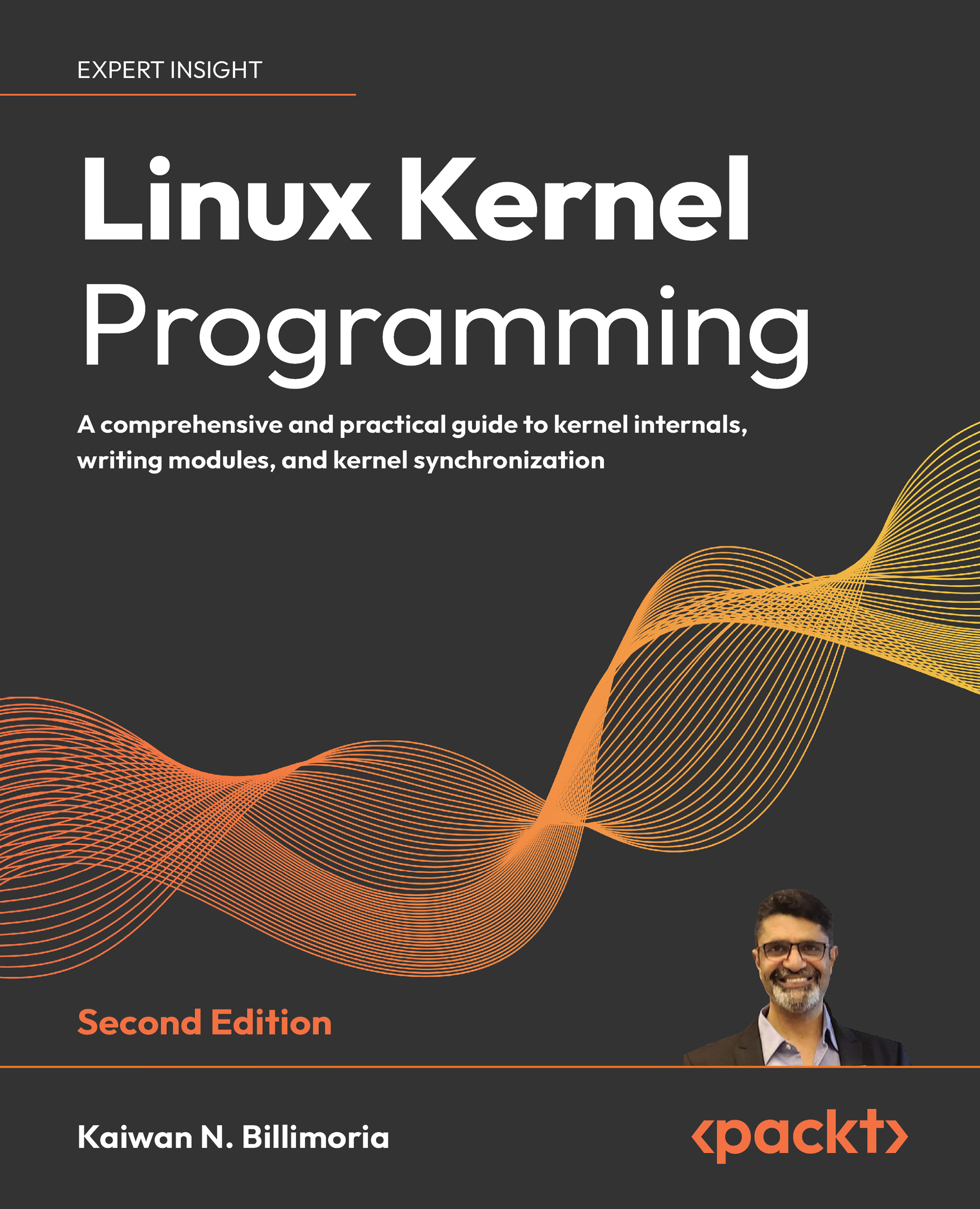Step 7 – customizing the GRUB bootloader
We have now completed steps 1 to 6 as outlined in Chapter 2, Building the 6.x Linux Kernel from Source – Part 1, in the Steps to build the kernel from source section. You can now reboot the system; of course, do first save and close all your apps and files. By default, though, the modern GRUB does not even show us any menu on reboot; it will by default boot into the newly built kernel (do remember that, here, we’re describing this process only for x86[_64] systems running Ubuntu; the default kernel booted into can also vary with the distro).
On x86[_64] you can always get to the GRUB menu during early system boot. Just ensure you keep the Shift key pressed down during boot. Again, this behavior does depend on other factors – on systems with newer UEFI/BIOS firmware enabled, or when running within a nested VM, you may require other ways to force-see the GRUB menu at boot (try pressing Esc too).
































































